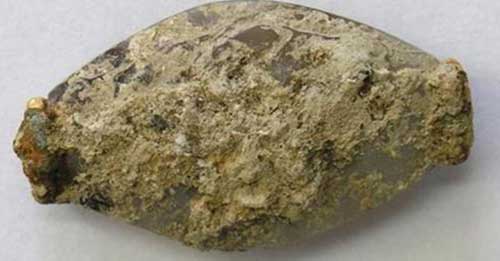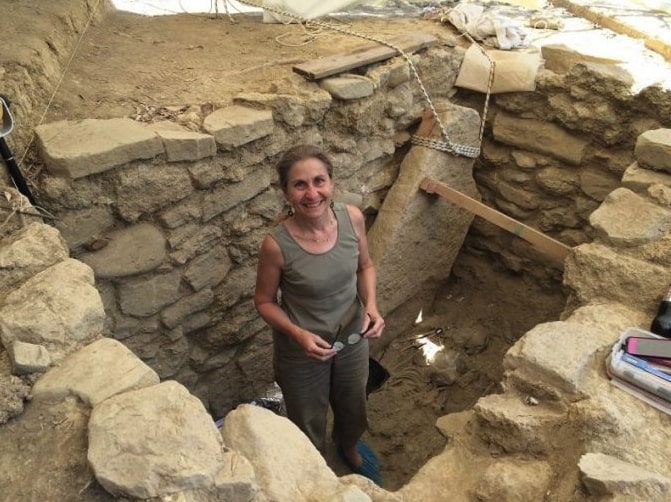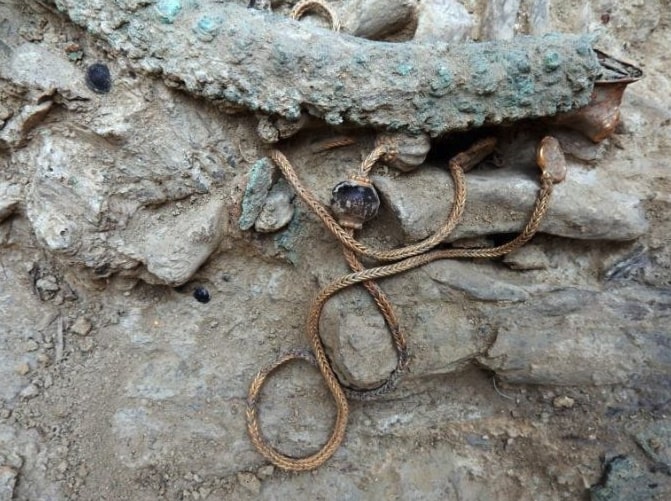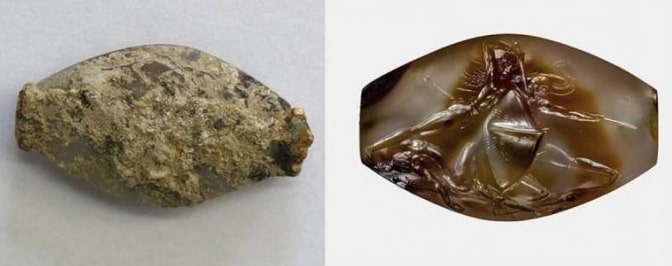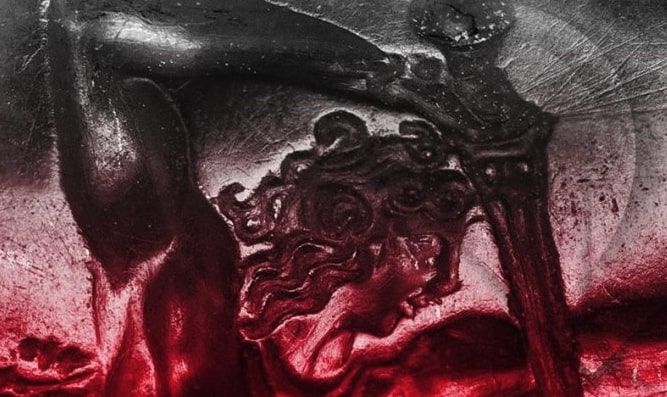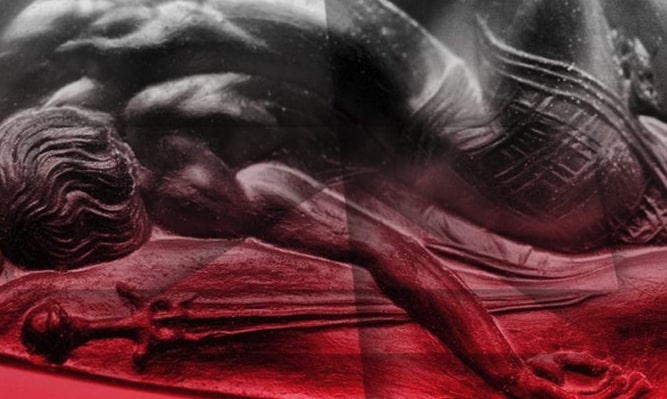The discovery of the so-called “Griffin Warrior’s” tomb near the ancient city of Pylos in southwest Greece led archaeologists to a treasure trove of artifacts that provide an interesting peek into the past. There were remarkable items of armor, weaponry, and jewelry within the tomb that belonged to the “Griffin Warrior,” an extremely rich ancient Mycenaean warrior. Nevertheless, one item that nearly went overlooked has the potential to alter art history as we know it.
While the tomb was found in 1930, excavations were hampered by legal concerns with the Greek government until recently. The tomb has eventually been discovered, and archaeologists from the University of Cincinnati are eager to learn what mysteries it held amid the bones of the mighty Mycenaean warrior and his treasure trove of burial valuables.
As three dozen experts diligently dug up the Griffin Warrior tomb near the old Palace of Nestor, uncovering many of the valuables over many months, they eventually disclosed their amazing finds.
Silver cups, gold rings, precious stone beads, fine-toothed ivory combs, an intricately built sword, and other weapons were among the over 3,000 objects arrayed on and around the warrior’s body; however, the most incredible of them all was one gem dating back to 1,500 BC that was especially surprising.
Since it was embedded in limestone, the agate stone appeared small at first. Nevertheless, after a year of meticulous repair, experts discovered something under the limestone that startled them beyond their imagination.
The stone was artistically carved with a depiction of two warriors in a Greek battle battling violently against each other, with one slain warrior at their feet. When a second enemy body lies at his feet, one bare-chested warrior plunges a sword into the neck of an opponent.
The seal, known as the ‘Pylos Battle Agate,’ has been praised as one of the best pieces of ancient Greek art ever unearthed and may portray the fabled fight between the Trojans and Mycenaeans, which was chronicled hundreds of years later in Homer’s Iliad.
The stone is tiny, measuring 3.6 centimeters (1.4 inches) across, and some of the design intricacies are barely 1/2 millimeter (1/100 of an inch). It would have been used as a seal, leaving an imprint in wax, yet all were amazed at how the artist was able to accomplish such a complex carving on such a little canvas using old equipment.
It was considered that depicting human figures in such anatomical depth was beyond the abilities of Bronze Age craftsmen, yet the artist’s carving is practically faultless, with an astounding degree of detail packed into the little picture.
Even more amazing, many of the details, such as decoration on shields and jewelry, are too tiny to be seen with the naked eye. Researchers are perplexed as to how ancient artisans were able to construct the minute scene without the use of microscopes.
Experts are now attempting to understand how ancient artisans were able to make such detailed patterns using the resources available to them. The finding has also flipped the art history world on its head since such a work was unheard of at the time.
What’s intriguing is that the portrayal of the human body is at a degree of detail and musculature that isn’t seen again until the classical era of Greek art 1,000 years later. It’s a fantastic discovery, said Jack Davis, Professor of Greek Archaeology in the Department of Classics at the University of Cincinnati. Some of the intricacies on this are barely a half-millimeter large, he said—incomprehensibly little.
It seems that they were generating work that no one had ever believed they were capable of producing, Professor Davis went on. It demonstrates that their talent and passion for realistic painting, especially movement and human anatomy, exceeds expectations. That, in addition to the stylistic traits, is just outstanding.
That was a really poignant experience seeing the picture for the first time, and it still is, dig leader Shari Stocker of the University of Cincinnati’s Department of Classics stated. It has moved some individuals to tears. It would have been a precious and cherished item, reflecting the Griffin Warrior’s place in Mycenaean society.
This seal should be included in all future art history textbooks and will revolutionize the way that ancient art is perceived, Stocker said, demonstrating how even the most well-known truths about human history may be altered by a single modest find.
With over 3,000 artifacts discovered in the tomb, many are still being worked on and studied, and we can only speculate on what additional surprises lie ahead. Who knows what else has yet to be discovered that might change history?


